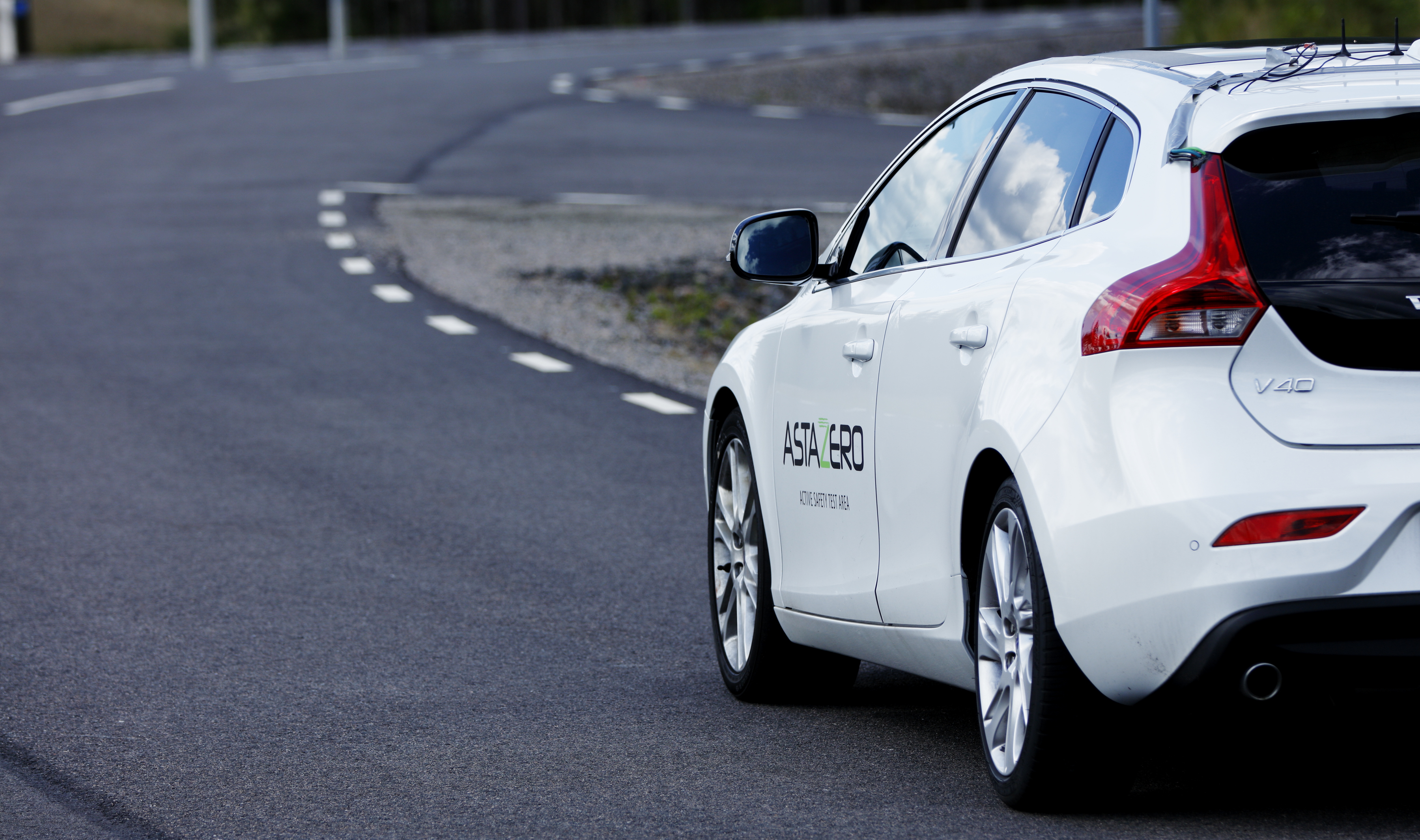Where do drivers look when the pilot assist function does not keep the lane?
A new report from open research at AstaZero has been published. This study intended to create a better understanding of the perceptual and cognitive processing occuring when the driver detects that the vehicle is no longer steering along the intended path.
A pilot assist system can keep the vehicle on the road, but the driver is still needed to monitor its performance and take over the control when necessary. In order to make takeovers as smooth and safe as possible, it is valuable to understand the perceptual and cognitive processing occurring when the driver detects that the vehicle is no longer steering along the intended path and that s/he has to step in to correct this. Previous research has established what is typical for gaze-steer coordination in manual driving, but that coordination is less understood for supervised automation conditions.
In this project, the aim was to investigate the eye movement patterns in detail when the steering automation no longer keeps the vehicle in the lane and the human driver has to take over. The aim was to better understand what visual information is used to detect that the function no longer is keeping the vehicle in the lane and what visual information is needed to successfully re-engage the driver in the steering control loop. The results are intended to help creating advanced driver models for design and evaluation of supervised automation functions.
In this pilot study, 14 volunteers drove on the AstaZero proving ground with an instrumented vehicle from Revere lab and wore an eye-tracker during the experiment. Participants drove both in manual mode and in simulated supervised automation mode. The project team analysed and modelled differences in eye movements patterns between the two modes, as well as in silent transition situations (i.e. where the supervised automation is functioning normally but fails to maintain the expected lane position).
Data clearly suggest that there are two different strategies: either drivers trust automation and let the vehicle deviate from their own lane, or they do not trust it, and respond immediately. The pilot study at AstaZero test track provided insight to the strategies which drivers use when driving with supervised automation. The behavioral results suggest that drivers either trust or do not trust the automation. If drivers trust, they let the vehicle deviate from its own lane much more than if they do not trust. This strategy difference could be also seen in the eye tracking data. Drivers who did not trust, and intervened quicker, kept their gaze more on the road ahead. Unfortunately, due to the technical difficulties with the eye tracker (it got distracted by the infrared radiation from the sun), the team could not analyze eye tracking data properly in quantitative terms.
The experiences with the project can be utilized when developing quantitatively driver models for steering with supervised automation. The results will be used to further develop driver models for automated driving within the VINNOVA-funded project QUADRAE (Quantitative Driver Behaviour Modelling for Active Safety Assessment Expansion).

